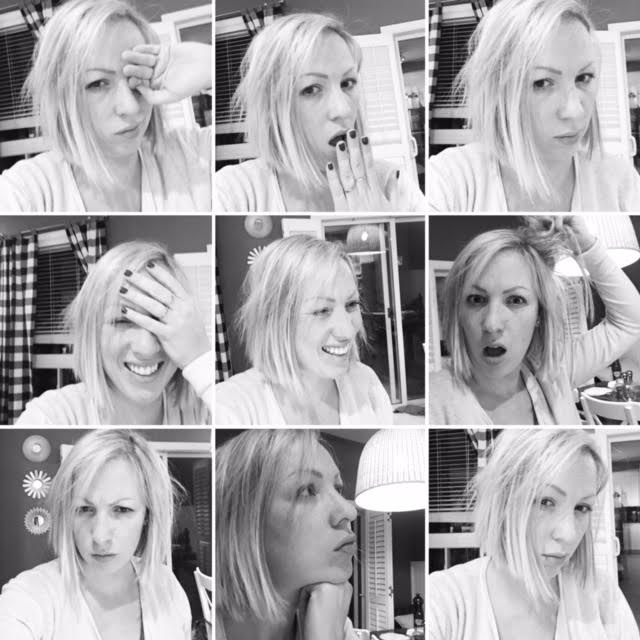“Kim Kardashian published a book of them, Russia banned them, and at the Oscars last year Ellen took the most liked one of all time: Selfies. And love them or hate them, there’s no denying the impact their proliferation has had on modern society.” When I came across this statement in a magazine (Elle: Selfie Culture and Female Identity), I for the first time, appreciated the value of a ‘Selfie.’ Indeed, a Selfie can shed light on attitudes, values, allegiances, cultures, and pursuits – and all of this in a tiny, square screen.
While many dismiss the Selfie as frivolous and self-indulgent, in truth they can offer a powerful and insightful lens into the way we see ourselves as well as the way we want to be seen. The selfie gives a person, as both the picture-taker AND the subject, total power to capture one’s true and authentic self. It is also a language that students today understand – and poll any class, most students have taken – and posted – a selfie. This is why we thought this would make a great Identity Unit assignment. There are several excellent resources available to open up this conversation. Click here to access the minds-on task that I used to prep students for their Selfie Assignment.
Some resources that I consulted include:
- Video – Dove Selfie: Redefining Beauty
- #iftheygunnedmedown
- Clips from Kate Warfield’s TedX Talk, “The Treachery and the Authenticity of Images”
- Chimamanda Adichie, TedTalk, “The Danger of a Single Story”
Know thy Selfie (the Assignment)
The students are asked to take two Selfies: one is capturing how they see themselves, and the second asks them to capture how they think they are seen by others OR how they want to be seen by others. They are required to also submit a written reflection that describes both Selfies and explains the disconnect between the two images. Click here to access the assignment.

And who doesn’t love a Selfie?!?
To learn more about how and why Facing History teachers explore identity in the classroom, click here!
Check out the the new 2017 Holocaust and Human Behaviour Resource Book free PDF for new Identity readings.

